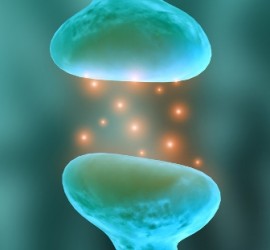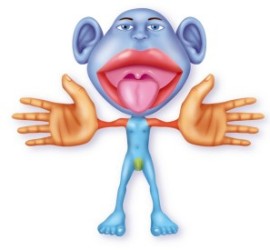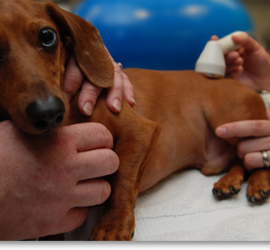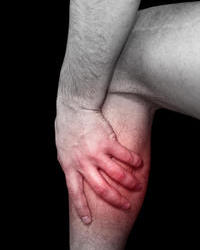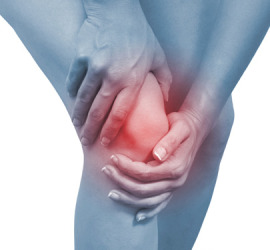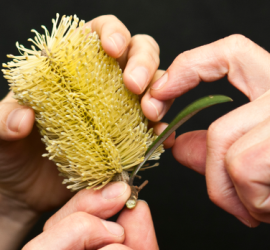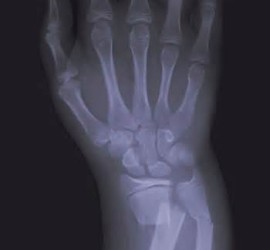More is better: an improved technique for enhancing plasticity in the human spinal cord
Repetitive pairing of stimuli to the motor cortex and peripheral nerves supplying muscles can induce plasticity at synapses between nerve cells that control voluntary muscle activity. This technique has therapeutic potential for enhancing activity at synapses that lie within the spinal cord and transmit commands from the brain to the […]

